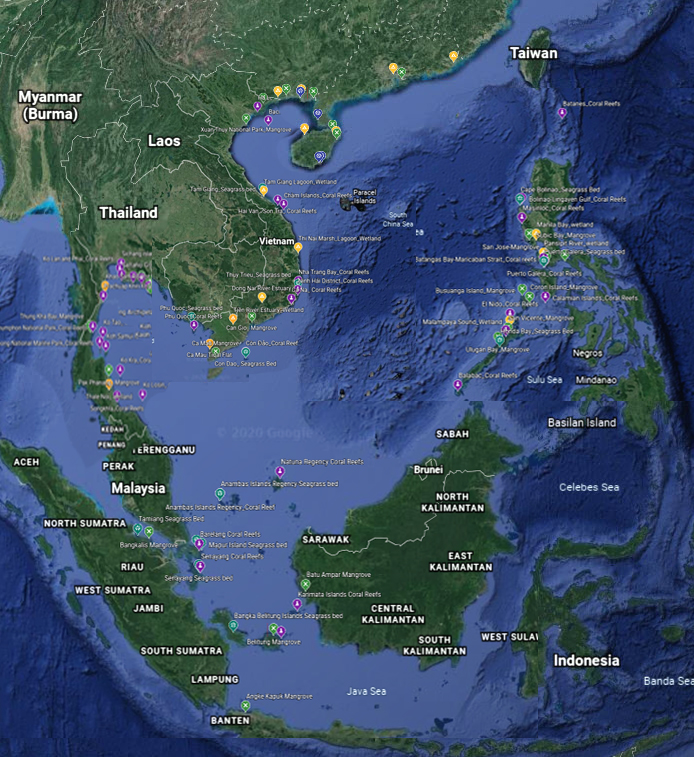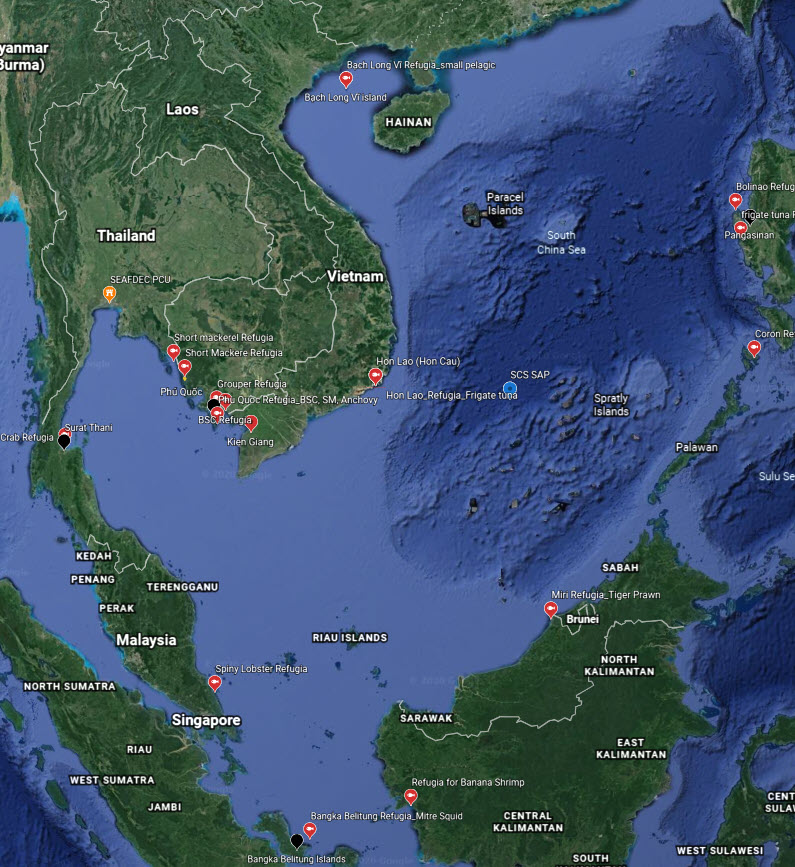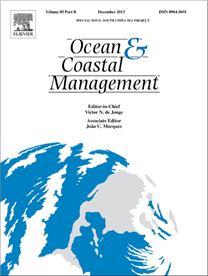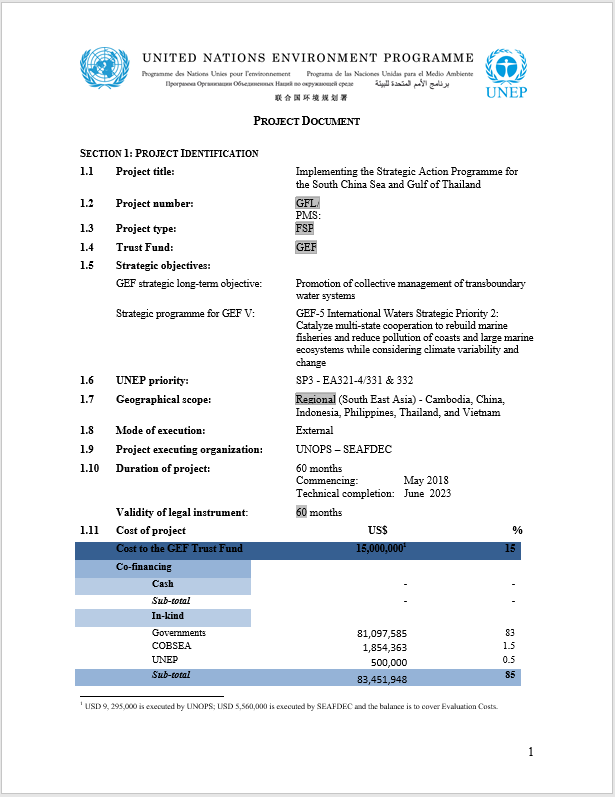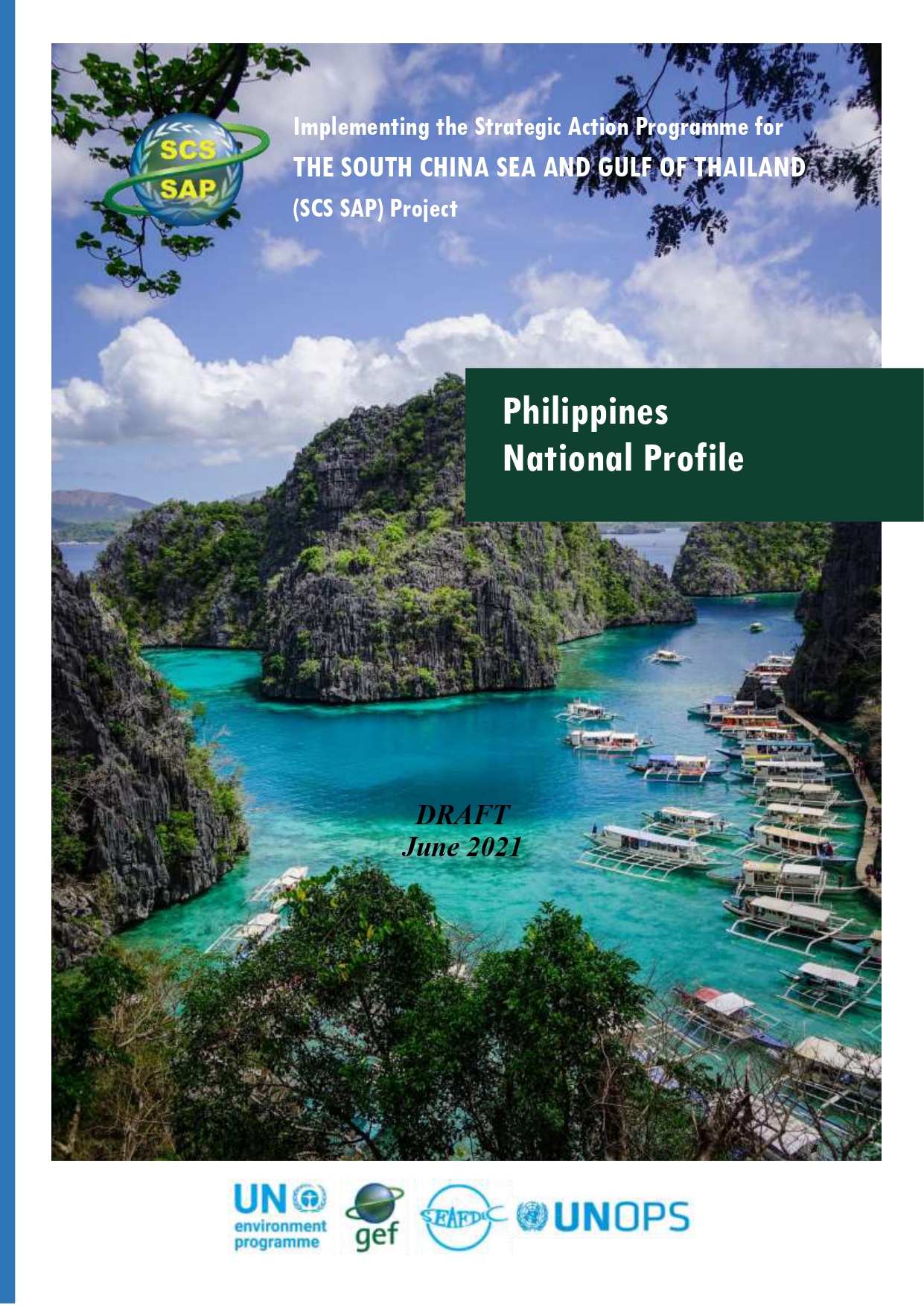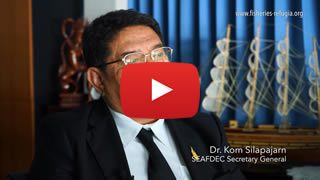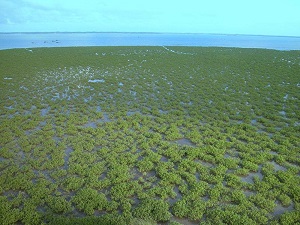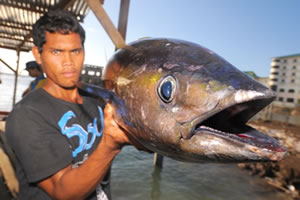Project Implementation Progress
A Project Inception Team has been engaged by UNEP since April 2020 to work on the preparation and documentation for the SCS-SAP Project inception phase. The team, composed of Dr. Virginie Hart and Mr. Reynaldo Molina, aims to elaborate the regional and national activities of the project, in close consultation with national and regional partners, and in preparation for an Inception Phase meeting. This Inception Phase gives opportunity for countries and project partners to collectively review and discuss the project design and activities to ensure that the project is fully in line with recent and current national initiatives and priorities, given the period of time between the SAP adoption in 2008, the CEO endorsement in 2016 and the present.
Based on the SSC SAP Project document endorsed by the GEF Secretariat, the team is currently drafting the Regional Implementation Report and the National Implementation Reports for each country detailing the information on the execution of regional and national activities, including the documentation for the project inception meeting to be organized possibly in late 2020 or early 2021.
Implementing the Strategic Action Programme for the South China Sea and Gulf of Thailand
This initiative entitled “Implementing the Strategic Action Programme for the South China Sea and Gulf of Thailand" is financed by the Global Environment Facility and is implemented by the United Nations Environment Programme in partnership with the Ministries responsible for environment in Cambodia, China, Indonesia, Philippines, Thailand and Vietnam. The overall objective of this initiative is to assist the governments of the participating countries in meeting the targets of the approved Strategic Action Programme (SAP) for the South China Sea through the provision of technical assistance as required in implementing national activities in support of the SAP; and the provision of strong regional co-ordination of the process of SAP implementation.
Learn about the South China Sea Strategic Action Programme
 The South China Sea is a strategic body of water surrounded by nations that are currently at the helm of industrialization and rapid economic growth in the Asia-Pacific region. The South China Sea has always been central to issues of economic and political stability in Southeast Asia and adjacent regions. The South China Sea is also a global center of shallow water tropical marine biodiversity and is central to defining environmental sustainability and food security in the region. Coastal communities of the South China Sea’s riparian states are, however, at the highest risk globally from the impacts of increasing rates of coastal and marine environmental degradation. The Strategic Action Programme for the South China Sea, endorsed at the inter-governmental level, represents the only agreed common vision among the participating countries on targets and actions for reversing environmental degradation trends in the South China Sea. The following short film outlines the process of Strategic Action Programme formulation and importantly the contribution its implementation will make to the achievement of the Sustainable Development Goals.
The South China Sea is a strategic body of water surrounded by nations that are currently at the helm of industrialization and rapid economic growth in the Asia-Pacific region. The South China Sea has always been central to issues of economic and political stability in Southeast Asia and adjacent regions. The South China Sea is also a global center of shallow water tropical marine biodiversity and is central to defining environmental sustainability and food security in the region. Coastal communities of the South China Sea’s riparian states are, however, at the highest risk globally from the impacts of increasing rates of coastal and marine environmental degradation. The Strategic Action Programme for the South China Sea, endorsed at the inter-governmental level, represents the only agreed common vision among the participating countries on targets and actions for reversing environmental degradation trends in the South China Sea. The following short film outlines the process of Strategic Action Programme formulation and importantly the contribution its implementation will make to the achievement of the Sustainable Development Goals.
Endorsement of South China Sea Strategic Action Programme Implementation
The Strategic Action Programme for the South China Sea represents the only intergovernmentally endorsed agreement of the priority, costed actions to reverse environmental degradation of this globally significant marine basin. This photo shows the Global Environment Facility's Chief Executive Officer, Dr. Naoko Ishii, recently endorsing a large GEF International Waters project to implement the coastal habitat, land-based pollution, and regional cooperation components of the South China Sea.
Implementing the Fisheries Component of the South China Sea Strategic Action Programme
The initiative entitled the “Establishment and Operation of a Regional System of Fisheries Refugia in the South China Sea and Gulf of Thailand Sea" is working with communities and governments to implement the fisheries component of the South China Sea Strategic Action Programme. Its objective is to integrate habitat and biodiversity conservation considerations into fishery management and practices. The initiative is financed by the Global Environment Facility, implemented by United Nations Environment, and executed regionally by the Southeast Asian Fisheries Development Center in partnership with the government agencies responsible for fisheries in Cambodia, Indonesia, Malaysia, Philippines, Thailand and Vietnam. The fisheries refugia approach, which aims to safeguard habitats critical to the life cycles of important fisheries resources, will not only improve and secure biodiversity but also build resiliency for those who rely on the ocean for their food and livelihoods. By improving the way fisheries and environment ministries work together, and by linking fishing effort with coastal management practices, this initiative will provide multiple benefits for the environment and people. Click here for more information about fisheries refugia.
Coastal Habitat Baseline Information
Baseline coastal habitat area information can be accessed on Goggle Maps by clicking here. Google Earth users can load this information and data by clicking here.
